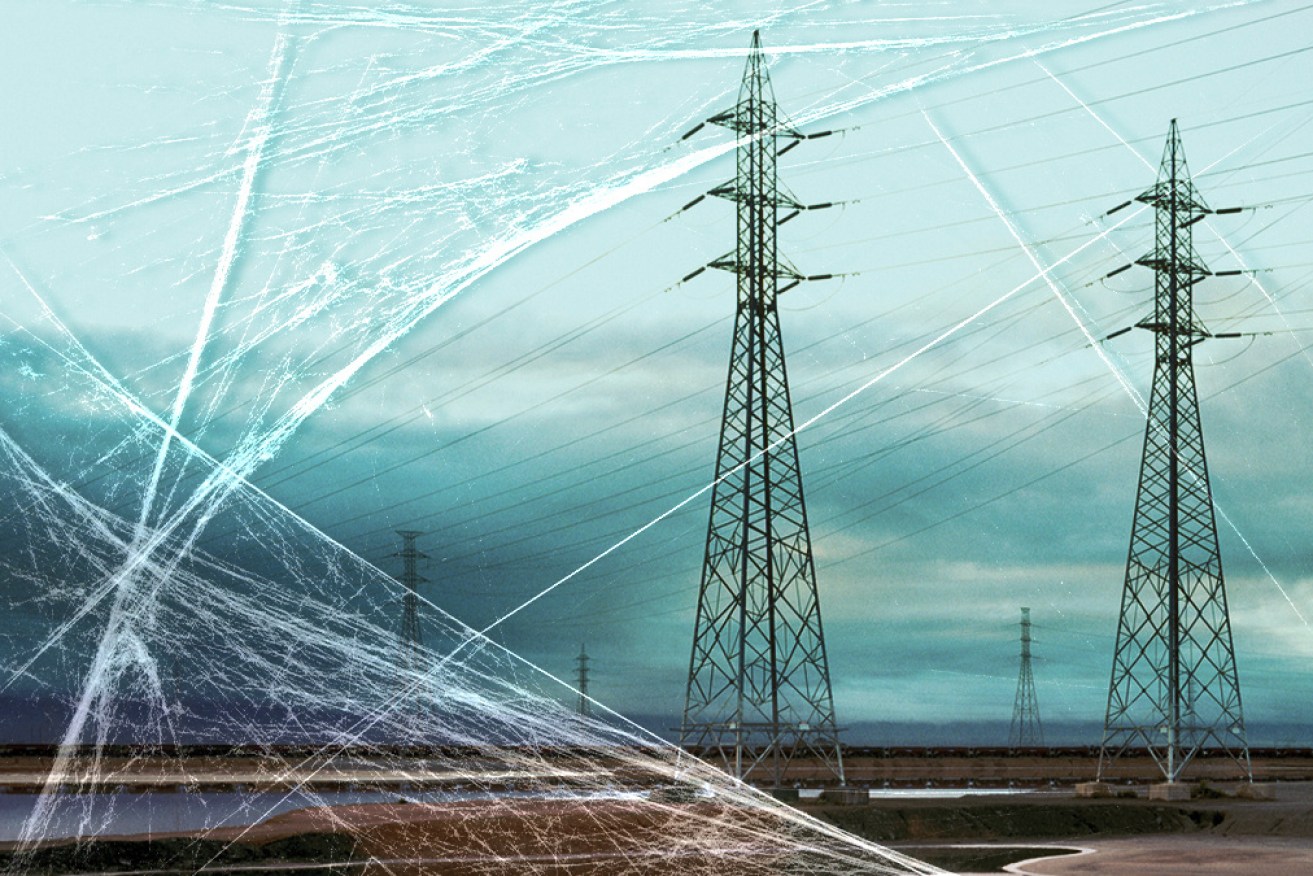Crumbling electricity grid is a disaster waiting to happen: report


Forget "gold plated". Cobwebs are growing on our electricity grid. Photo: TND
A billion-dollar investment gap in the upkeep of Australia’s electricity grid could undermine our ability to keep the lights on during natural disasters.
That’s the warning from a new report into the state of our poles and wires by progressive think tank The Australia Institute.
The report, which draws on interviews with frontline workers, concludes that everyday Australians will pay the price for the “chronic neglect” of private electricity providers, which have gutted maintenance costs.
Author and Australia Institute economist Jim Stanford found real per capita operating and maintenance expenditure had been slashed by 28 per cent (in distribution) and 33 per cent (in transmission) since 2006.
Capital expenditure as a proportion of industry revenue also fell from one in every four dollars (25 per cent) to one in every seven (15 per cent).
“The energy regulator [AER] has a mindset that the electricity system is gold plated and they have to strictly limit what money goes into upkeep, but that was never true,” Mr Stanford told TND.
“This strange combination of penny pinching by the regulator and profit padding by companies deprives the grid of investment … [and] failing to maintain optimum conditions today will translate to higher prices tomorrow.”
Mr Stanford estimates at least $1 billion in new investment is needed each year to fill the maintenance gap, based on historical spending.
Without it, the grid will be exposed to outages during periods of extreme stress like heatwaves, and will struggle to incorporate huge amounts of new renewable energy as we ditch coal to reduce carbon emissions.
We’re already seeing the early signs of these shortcomings, with the 2020 summer bushfire crisis damaging 10,000 power poles, and the energy market rule-maker pushing for a new tax on rooftop solar exports because of so-called ‘grid congestion’.
“As we move towards renewables, electricity is going to be more important, including for vehicles,” Mr Stanford said.
“The grid is challenged by both the technology and the geography of renewables because they’re coming online in new places, not where coal and gas plants are located.”
The report calls for the AER to undertake a detailed review of the state of the electricity grid and set regulated maintenance targets.
It also recommends levying fines on businesses that underspend on grid maintenance.
Elsewhere, Mr Stanford analysed ABS labour force data and found there are now 40 per cent more office managers and professionals working across the industry than electricians, an imbalance that is driving down worker productivity.
Real output per hour worked across the electricity grid has fallen by 33 per cent since 2007, the report found.
Electrical Trades Union (ETU) assistant national secretary Michael Wright said frontline workers needed to be at the centre of grid upkeep.
“Over the past 15 years, high-vis maintenance and transmission workers have been replaced by telemarketers, spin-doctors and banking spivs,” he said in a statement on Wednesday.
“This has done nothing for network reliability, but has left us unprepared for the challenge of extreme weather and the incorporation of renewables to our energy supply.”
The report will be launched at the ETU’s national conference on Wednesday but was not commissioned by the union.









